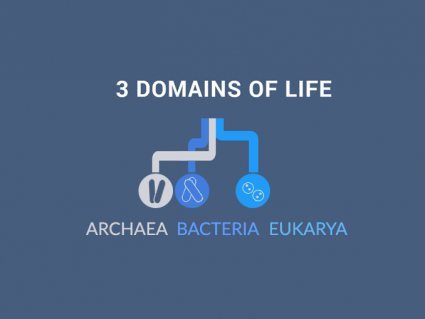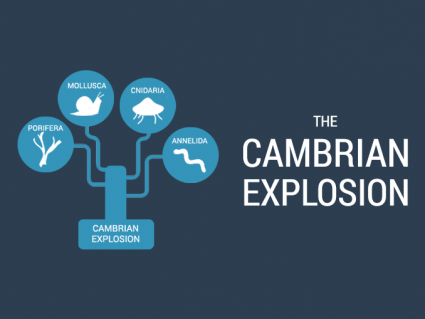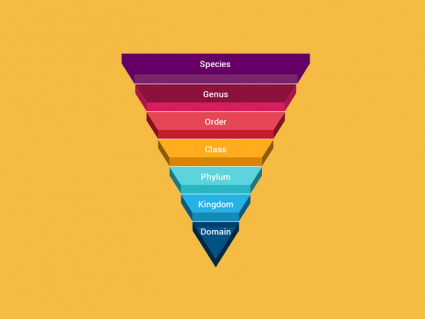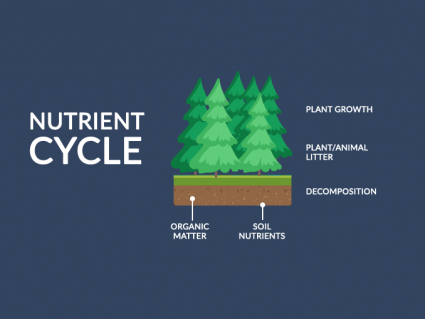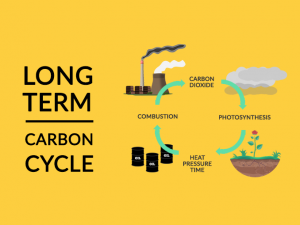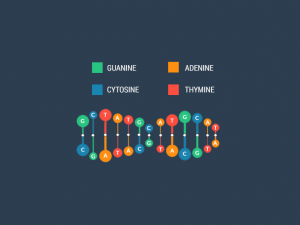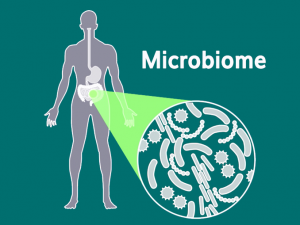Plant Tissue 101 – Types and Functions
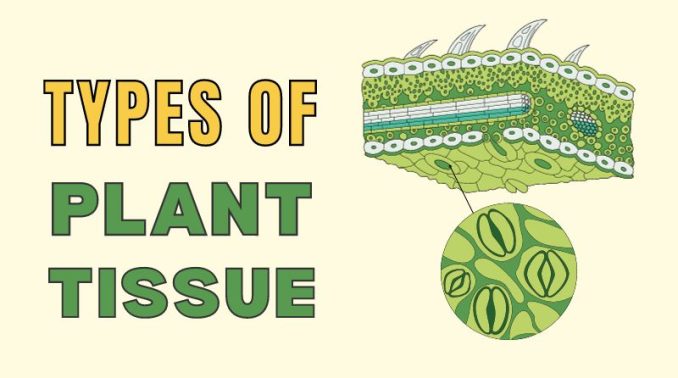
Plant Anatomy 101
Plants are composed of tissues. Plant tissue is a cluster of cells that work together to perform a function.
Here’s an analogy for how plant tissues work –
Imagine a plant is like a city, and it’s made up of 3 different parts.
- Dermal Tissue: This is like the outer wall of the city. It’s like the plant’s skin, protecting it from the outside world.
- Ground Tissue: This is like the city’s main buildings, where all the action happens. It does things like storing food, making and carrying water, and helping the plant stand up.
- Vascular Tissue: Think of this like the roads and highways that connect the different parts of the city. It’s in charge of transporting water, food, and other important stuff around the plant.
These three types of plant tissues work together to keep the plant healthy and growing, just like different parts of a city work together to keep it running smoothly.
Dermal tissue
The dermal tissue is the outer wall that protects the plant by covering it in the epidermis.
Within it are the stomata or small pores. They enable the exchange of carbon dioxide and oxygen and allow the release of water vapor.
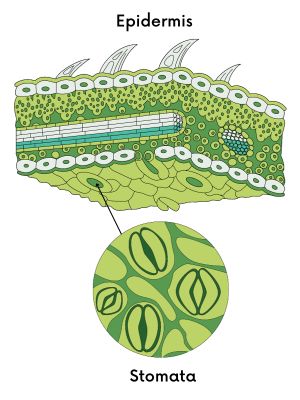
Epidermis
The epidermis in plants is the protective layer, like a shield. It keeps the plant safe from things like bugs, diseases, and too much sunlight.
Just like your skin protects you, the epidermis keeps the plant from harm and helps it stay healthy.
Stomata
Stomata in plants are tiny openings on the plant’s leaves and stems. Imagine little mouths. They help the plant breathe and take in carbon dioxide, which is like plant food.
But, when it gets too hot and dry, the plant can close these doors to save water, just like closing your mouth to keep water out when you swim. So, stomata help plants get the air they need and prevent them from losing too much water.
Ground tissue
Ground tissue makes up most of the plant’s interior, storing food and water, as well as carrying out metabolic functions.
It consists of the following three types of tissues: (1) Parenchyma, (2) Collenchyma, and (3) Sclerenchyma tissue
1. Parenchyma tissue

Imagine parenchyma tissue in plants like the flexible and versatile workers of the plant world. These cells are like the “jack of all trades” because they can do lots of different jobs.
They help store food, provide support, and even help with healing when a plant is hurt.
They’re like the plant’s handy helpers, always ready to pitch in and do whatever the plant needs to stay healthy and strong.
2. Collenchyma tissue
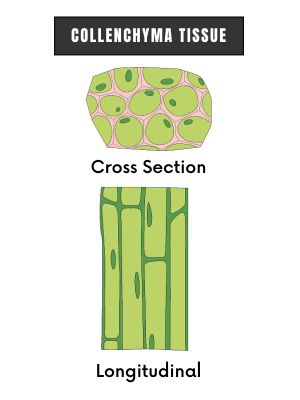
Collenchyma tissue in plants is like the plant’s scaffolding. Imagine if plants had a skeleton; that’s what collenchyma tissue is.
It’s made of strong, stretchy cells that provide support to young and growing parts of the plant, like the stems and leaves.
Think of it as the plant’s way of having a sturdy frame to stand tall and reach for the sun as it grows.
3. Sclerenchyma tissue
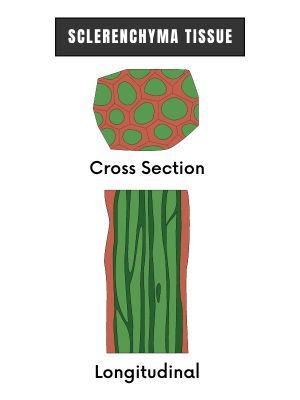
Sclerenchyma tissue in plants is like the plant’s body armor for stronger support.
These cells are tough like a knight’s armor. They have lignified walls, which just means that it’s become woody and rigid.
They’re there to protect and support the plant in places where it’s not growing anymore. They help make the plant rigid and can be found in the woody parts of trees and shrubs.
Vascular tissue
The vascular tissue is composed of the xylem and phloem, which bring food, water, and minerals to different parts of the plant.
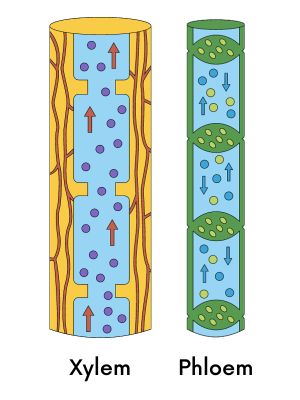
Xylem
Xylem in plants is like the plant’s water delivery system. It’s a bit like the pipes in your house that carry water.
The xylem is responsible for bringing water and important nutrients up from the roots to all parts of the plant, like the leaves and flowers. It’s like a plant’s drinking straw, making sure it gets the water it needs to grow and stay healthy.
Phloem
Phloem in plants is like the plant’s food delivery system. It’s similar to the conveyor belts in a factory that carry food to different parts of the plant.
The phloem moves the plant’s food, which is made in the leaves through photosynthesis, to all the other parts of the plant, like the roots and stems. It’s like a plant’s special delivery service, ensuring it gets the energy it needs to thrive.
Summary: Types of Plant Tissue
Think of plant tissues as the different parts of a plant that have specific jobs.
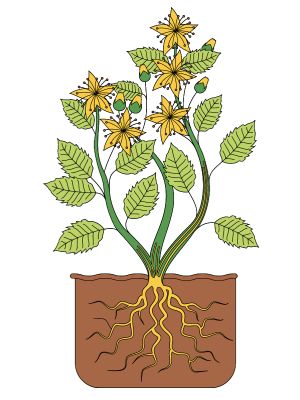
- Dermal tissue is like the plant’s outer skin, protecting it.
- Ground tissue is where most of the plant’s work happens, like storing food and carrying water.
- Vascular tissue is like the plant’s transportation system, moving water, food, and other important stuff around.
Each type of tissue has its own role in helping the plant stay healthy and grow.
I hope these analogies have helped you understand the types of plant tissue. Have any questions? Please let us know in the comment section below.



